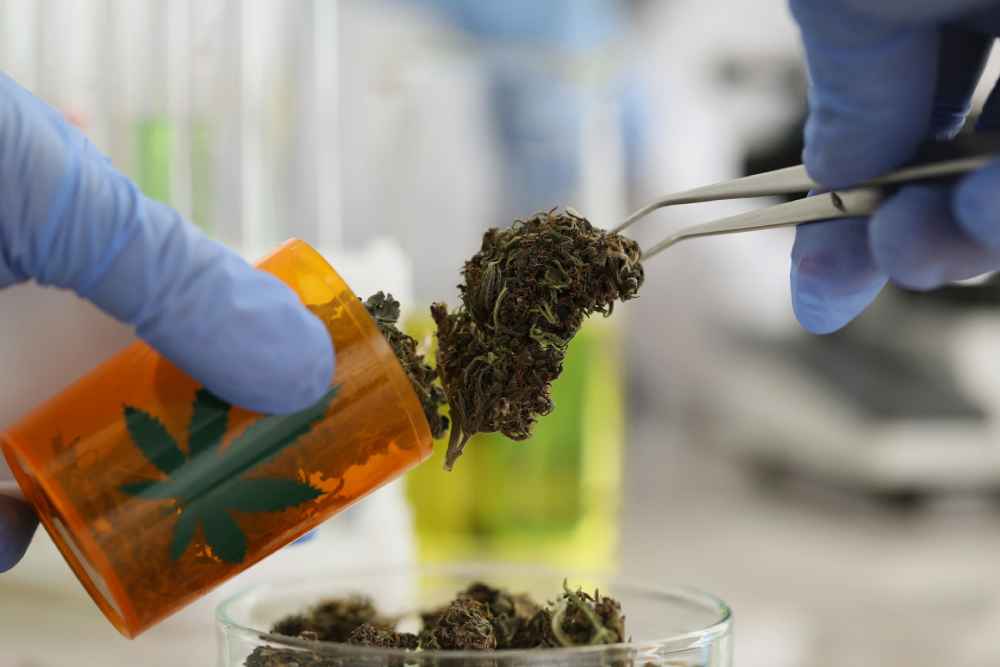In recent years, the cannabis plant has emerged from the shadows of controversy to take center stage in discussions about natural wellness. At the heart of this transformation are two key compounds: Cannabidiol (CBD) and Tetrahydrocannabinol (THC). As public interest grows and research advances, it’s crucial to understand these cannabinoids and their potential impact on health and society.
Nature’s Chemical Cousins
CBD and THC, while both derived from cannabis, have distinctly different effects on the human body. THC is renowned for its psychoactive properties, responsible for the “high” associated with marijuana use. In contrast, CBD is non-intoxicating and has gained popularity for its potential therapeutic benefits without altering one’s mental state.
The Body’s Hidden System
The effectiveness of these compounds is largely due to their interaction with the endocannabinoid system (ECS), a complex network within our bodies. This system plays a crucial role in maintaining balance across various physiological processes.
THC binds directly to ECS receptors, particularly in the brain, leading to its characteristic effects. CBD’s interaction is more subtle, indirectly influencing the ECS and potentially modulating its overall function.
Promising Medical Frontiers
Research into the therapeutic potential of CBD and THC is ongoing and exciting. CBD has shown promise in managing anxiety, reducing inflammation, and alleviating chronic pain. It has even received approval for treating certain forms of epilepsy.
THC, despite its psychoactive nature, has demonstrated potential in managing chronic pain, combating nausea in cancer patients, and stimulating appetite in individuals with certain medical conditions.
Navigating Legal Waters
The legal landscape surrounding CBD and THC is complex and varies significantly across different jurisdictions. In many regions, CBD derived from hemp (cannabis with less than 0.3% THC) is legal, while THC remains more strictly regulated. This patchwork of laws creates challenges for consumers, healthcare providers, and businesses alike. It’s essential for individuals to understand the specific regulations in their area before using or purchasing these products.
From Plant to Product
The versatility of CBD and THC is reflected in the diverse array of products available. Oils and tinctures offer precise dosing and quick absorption. Edibles provide a discreet and often enjoyable way to consume cannabinoids.
Topical applications allow for localized relief without systemic effects. Vaporizers and smokable flower offer rapid onset but may pose respiratory risks. Each method of consumption has its own onset time, duration of effects, and bioavailability, allowing users to find the most suitable option for their needs.
Safety Considerations
While generally well-tolerated, both CBD and THC can cause side effects. CBD may lead to fatigue, changes in appetite, and interactions with certain medications. THC can cause short-term effects such as increased heart rate, dry mouth, and impaired memory.
Long-term, heavy use of THC has been associated with an increased risk of psychiatric issues in some individuals. It’s crucial to approach these compounds with caution, starting with low doses and consulting healthcare professionals, especially for those with pre-existing health conditions.
As research into CBD and THC continues to evolve, we stand on the brink of exciting discoveries in the field of cannabinoid medicine. These compounds offer unique properties and potential benefits, catering to a wide range of needs and preferences.
However, it’s essential to approach their use with an informed and balanced perspective. By staying educated about the latest research, legal developments, and best practices for use, we can responsibly explore the potential of CBD and THC to enhance health and well-being in the years to come.



